Are You Ready For: Plastic Windows?
As automakers face slowly diminishing returns in their attempts to make internal combustion engines more efficient (while facing huge challenges in electric, hydrogen and other alt-fuel drivetrains), they are looking ever more closely at alternative materials to improve efficiency (and, to a lesser extent, driving pleasure) through weight-savings. Perhaps the biggest emerging trend in this area, especially at the higher end of the market, is in the use of carbon fiber, which is being actively pursued by automakers like BMW, Toyota, Lamborghini and Daimler. But, as WardsAuto points out, there’s another material that’s trying to earn a place in the lightweight cars of tomorrow: polycarbonate plastics.
Polycarbonate windows weigh half as much as glass, and because they are made with injection molding they can come in shapes that can’t be imagined with glass.
However, the material is more expensive. To get auto makers to convert, Sabic and its main material competitor, Bayer MaterialScience, have to sell the idea of integrating other parts into the plastic mold that makes the window.
For example, says Umamaheswara, “on a liftgate, a lot of features can be integrated, and if the manufacturer is short of room in the factory, it can be delivered as a module.”
A modular liftgate could include the window, cladding for the D-pillar, a roof spoiler, the high-mounted rear brake light, a rear wiper foot, handles and logos. When all those processing costs are included, he says, polycarbonate is competitive with glass and metal.
Bugatti developed a targa top for its Veyron 16:4 Grand Sport roadster in both glass and polycarbonate from Bayer, and the plastic version chosen had a weight savings of 13.0 lbs. (5.9 kg)
But that’s not the only project that has seen polycarbonates used to create light-weight windows and lower centers of gravity:
The Smart Fourtwo was the first to use polycarbonate windows, with fixed rear sidelites starting in 1998. Supplier Freeglass has made about 4 million plastic windows for Smart, Mercedes-Benz, the European Honda Civic and the SEAT Leon.
But don’t expect to see many polycarbonate plastic windows or other large subassemblies in many mass-market cars for the next few years. Even though firms like Sabic are coming up with special plastics that, if used on panorama roofs, will not just lower weight but improve insulation as well, they don’t expect major-volume projects until more EVs start coming to market, in the 2014-2015 timeframe. In the meantime, if you’re already raring for some polycarbonate windows, you’ll have to spring for a high-price Euro-spec road-racer like the Renaultsport Mégane R.26.R.
More by Edward Niedermeyer
Latest Car Reviews
Read moreLatest Product Reviews
Read moreRecent Comments
- Mgh57 I had to read the article because I had had no idea what the headline meant. I've never seen this in the Northeast. Don't understand the point. Doesn't seen efficient aerodynamically
- MaintenanceCosts Depends on the record of the company developing them. If it’s got a record of prioritizing safety over years of development, I’ll be fine with it, and I’ll expect it to be less risky than typical idiot human drivers. If it’s a “move fast and break sh!t” outfit like Tesla or Uber, no way.
- Kwik_Shift_Pro4X No thanks. You'll never convince me that anybody needs this.
- Kwik_Shift_Pro4X I'd rather do the driving.
- SCE to AUX EVs are a financial gamble for any mfr, but half-hearted commitment will guarantee losses.BTW, if there were actual, imminent government EV mandates, no mfr could make a statement about "listening to their customers".




















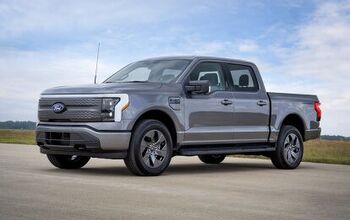
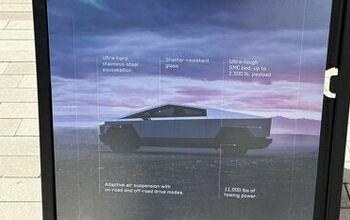
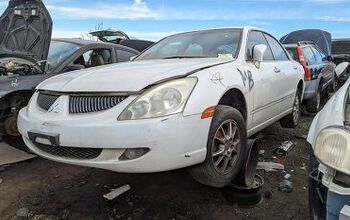

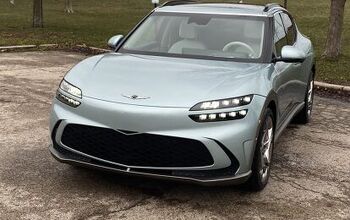

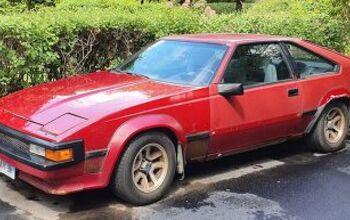
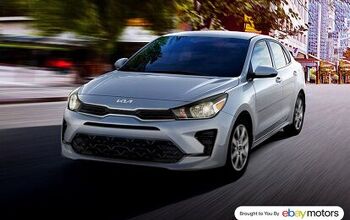
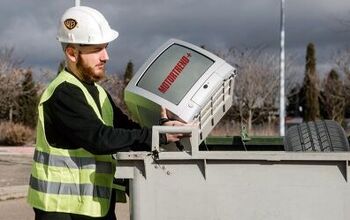

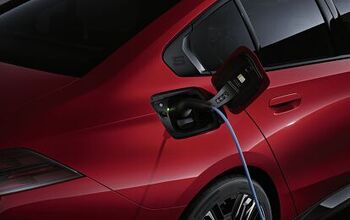
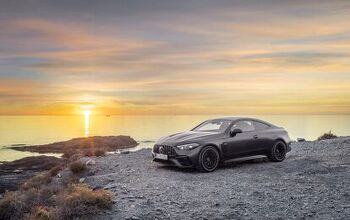

Comments
Join the conversation
Am I ready for plastic windows? I've been living with them for a few years already. The stock plexiglass side and rear windows in my KV Mini 1 and my HMV Freeway have held up okay to a little over thirty years of use with only minor scratching and crazing. They're showing their age but don't require replacement. The KV has a glass windshield, so that doesn't count, but the original Lexan windshield in the HMV is doing remarkably well (much better than the adjacent plexiglass, as one would hope), despite no special treatment. I'd like to think that a properly developed modern polycarbonate could do even better.
Forget plastic windows- where the heck are the all plastic pick-up truck beds?